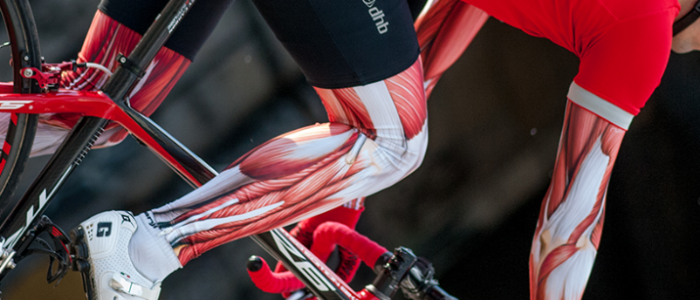
Hello to all of my fellow cycling friends!
Today, I’m going to share another post under the category of “Ask Bart Haynes.” A buddy of mine was recently talking with me about a cycling injury he’d gotten on his foot which led him to asking me the following question:
“What are the most common cycling injuries and how should I avoid them?”
This post is inspired by this query. I’m sharing my own personal history of cycling injuries and also gleaning from this fantastic diagram provided by Pedal Goa. Please read and enjoy!
The Most Common Cycling Injuries + How to Avoid Them
The Foot
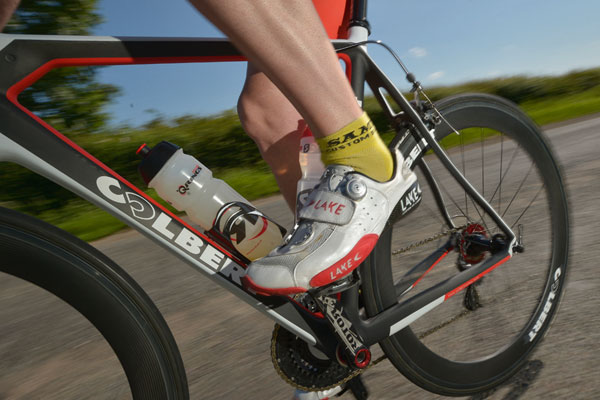
Many injuries occur in the foot area for beginner cyclists who don’t know how to avoid foot injuries. When I was first starting out, I was a poor college student who couldn’t afford expensive cycling gear. Therefore, I used a pair of my friend’s too-small clip-in shoes. This was a big mistake. After only a week of riding, I found myself with blisters. My friend (mentioned in the introduction) discovered another foot problem: his shoes were worn down. He’d had his shoes for so long that the supports were completely flat. Because he hadn’t replaced his shoes for so long, the arches of his feet were causing him a great deal of pain. To avoid foot injuries, do the following:
- Buy shoes that fit properly, both in length and in tightness. Get fitted at your local cycling store.
- Make sure that you have proper insoles inside of your shoes.
- When your shoes have worn down, buy new inserts that properly support your arches.
- Switch to a wider pedal so that your weight is evenly distributed on your bike.
The Ankle
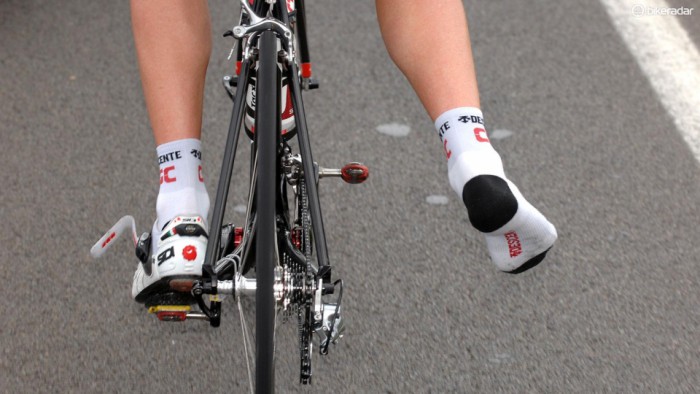
The ankle is another problematic area for many cyclists who ride often or who are just beginning. This can be caused by several things. First, your cleat may be wrongly positioned on your pedal. This will tweak your ankle in an unhealthy way and lead to a great deal of pain. Second, you may be riding too much and too soon. This actually happened to me when I was starting off. I bit off more than I could chew and took on some pretty intense hills after only a month of cycling. My ankles were too weak for rides that intense and my ankles paid the price. In order to avoid ankle pain when riding, try the following:
- Change the cleat position on your pedal before you go out for a ride. Your feet shouldn’t be too far forward or too far behind. If your feet are improperly positioned, your Achilles tendon will strain.
- Work up to more intense rides with a proper cycling plan. Check out one of my past posts titled “Indoor Training in Winter” for a good example of a training plan.
- Stretch. So many cyclists underestimate the importance of stretching! If you stretch before and after your rides, your muscles will thank you in the long run. Here’s another previous post to check out titled “Stretching Before Riding.”
The Knee
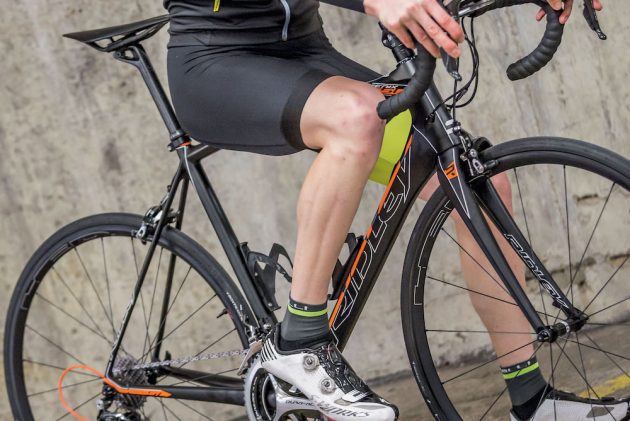
I’ve suffered a long history of knee problems and wanted to be sure that I was riding my bicycle properly before adding more problems to my already problematic knees. This is actually one area where I did everything right. I researched and asked a lot of questions about how to ride for proper knee health, so I consider myself an expert on this subject. Cycling is actually one of the most knee injury friendly sports if you know how to ride properly!
- Always adjust the height of your bike seat to fit your height. Again, I’d recommend going to your local cycling shop to get fitted. The workers there know what they’re doing and can help you avoid injuries by simply checking your fit.
- Once again, check your cleat position on your pedal. If you’re riding too far forwards or backwards, it can put unnecessary strain on your knees.
- Make sure you’re strength training in addition to your cycling routine. If you have strong leg muscles, your knees will naturally be taken care of.
- Don’t spend all of your time in big gears. Balance your rides and have stretches of smooth cruising so that you don’t exhaust your knees.
- Train gradually and work up to more intense rides.
The Hip
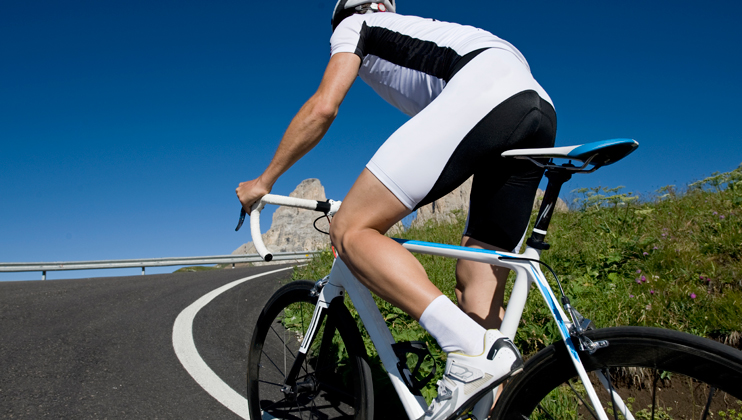
This is an area where I’ve seen fewer cycling injuries, but I know they happen. Hip problems while cycling can occur if a cyclist rides too much and too soon. Furthermore, if they’re resting in the big gears, they’ll add on that unnecessary strain and exhaust the hip flexors. Furthermore, if you have a history of hip problems and don’t stretch properly, you’ll run into hip problems when cycling. Here’s what to do to to lessen your chances of getting a hip injury:
- Take rides that are longer and smoother versus shorter and uphill. Those big gears will really wear and tear you down if you have a history of hip problems and try to bite off more than you can chew.
- Develop your core strength so that your hips don’t take the brunt of your workout in your saddle.
- Stretch, stretch, stretch! Once again, getting your hips to a point of higher flexibility will truly help you during a ride.
The Neck
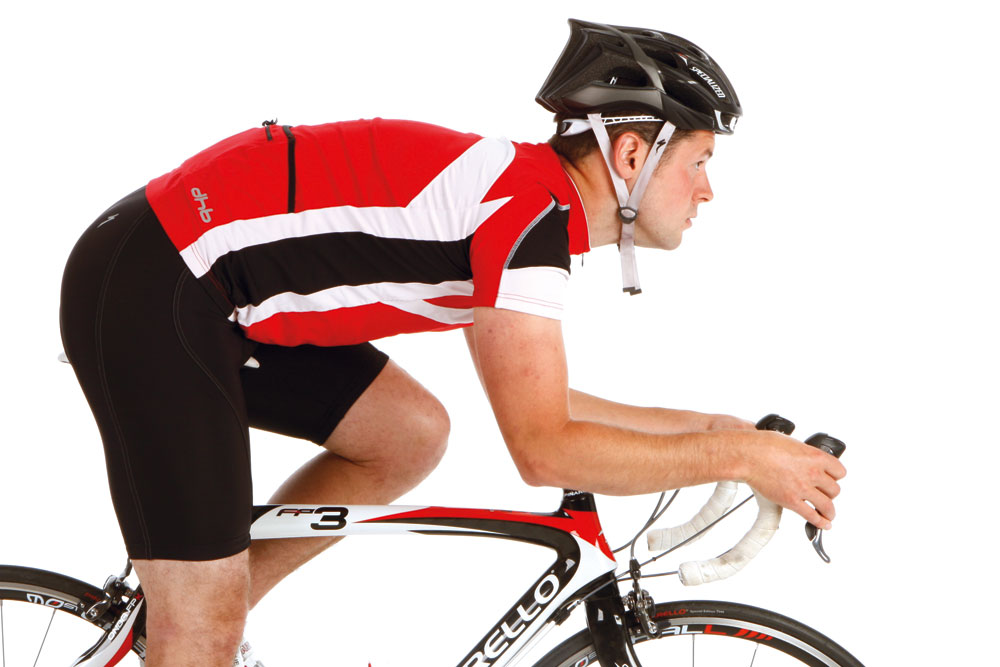
I always cringe when I hear of cyclists encountering neck problems. It’s so easy to avoid a neck problem because neck issues always arise from improper bike fit! If you’re experiencing an aching neck, you’re putting yourself in an unnecessarily strained position while riding. You’re tensing up more than you need to. In order to correct that, here’s what you need to do:
- Get fitted. Go to your local bike store, ask a professional, and they’ll straighten you out (literally!).
- Keep your shoulders relaxed and down as you ride. This will keep the tension away from your neck muscles.
- Don’t over reach your handlebars. If your arms are too far forward, you need to readjust and pull back in order to properly distribute your weight.
- Use a neck massager or do neck and shoulder rolls to help ease any previous tension and to avoid putting more of a strain on your neck in the future.
The Hand
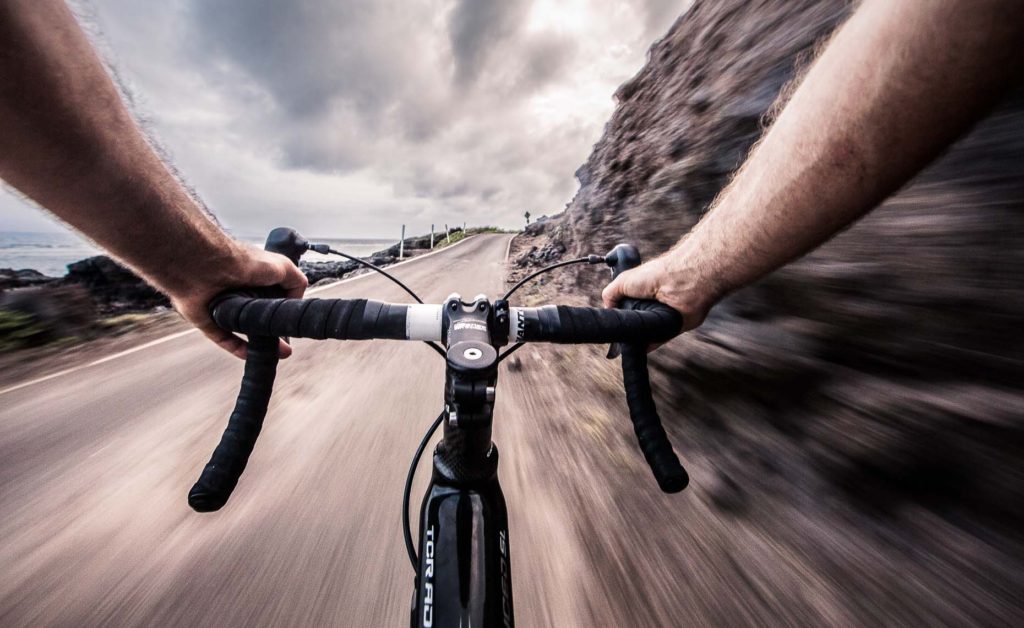
Interestingly, hands are another problematic area for cyclists. I see this more often in those who have been riding for longer periods of time and haven’t addressed hand positioning. Cyclists oftentimes put too much emphasis on foot positioning and posture. Hands are just as important to remember to check when being fitted. Many times, people put too much pressure on their handlebars. They’ll improperly place their hands and lean forward hard. In order to avoid hand injury, do the following:
- Don’t put too much pressure on your handlebars when riding. Ease off and make sure that your weight is mostly back, not forwards.
- Hold the handlebars neutrally so that your wrists aren’t at an awkward angle.
- If you’re experiencing problems or have a history of hand injuries, wear gloves that are padded. This will protect you from preexisting conditions.
Thank you all so much for continuing to follow along! I hope that this discussion gave you inspiration to check your positioning and make sure that you’re riding with correct form and doing the proper exercises so that you don’t injure yourself while riding.
Best of luck to everyone out there in the wonderful world of cycling!
Check out my other sites if you’re on a cycling kick:
